
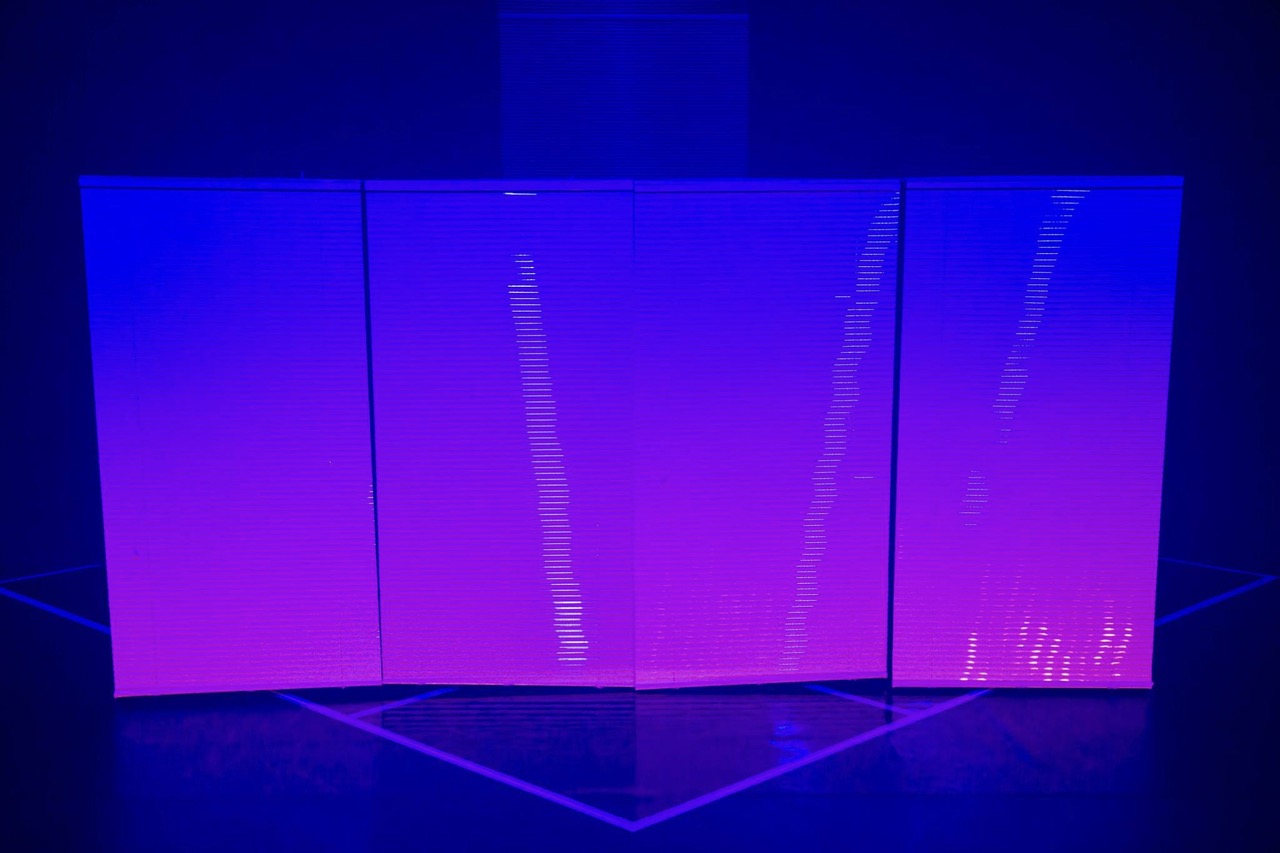
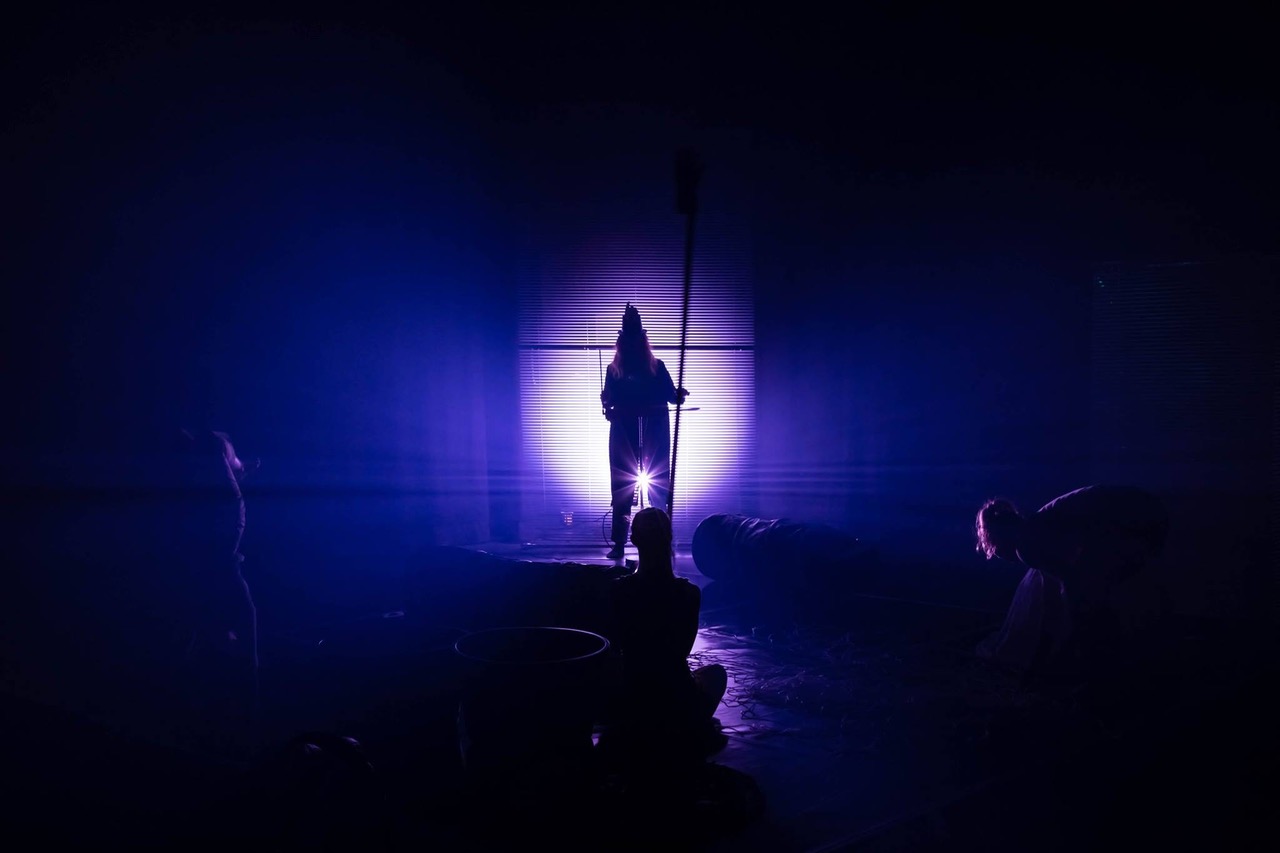
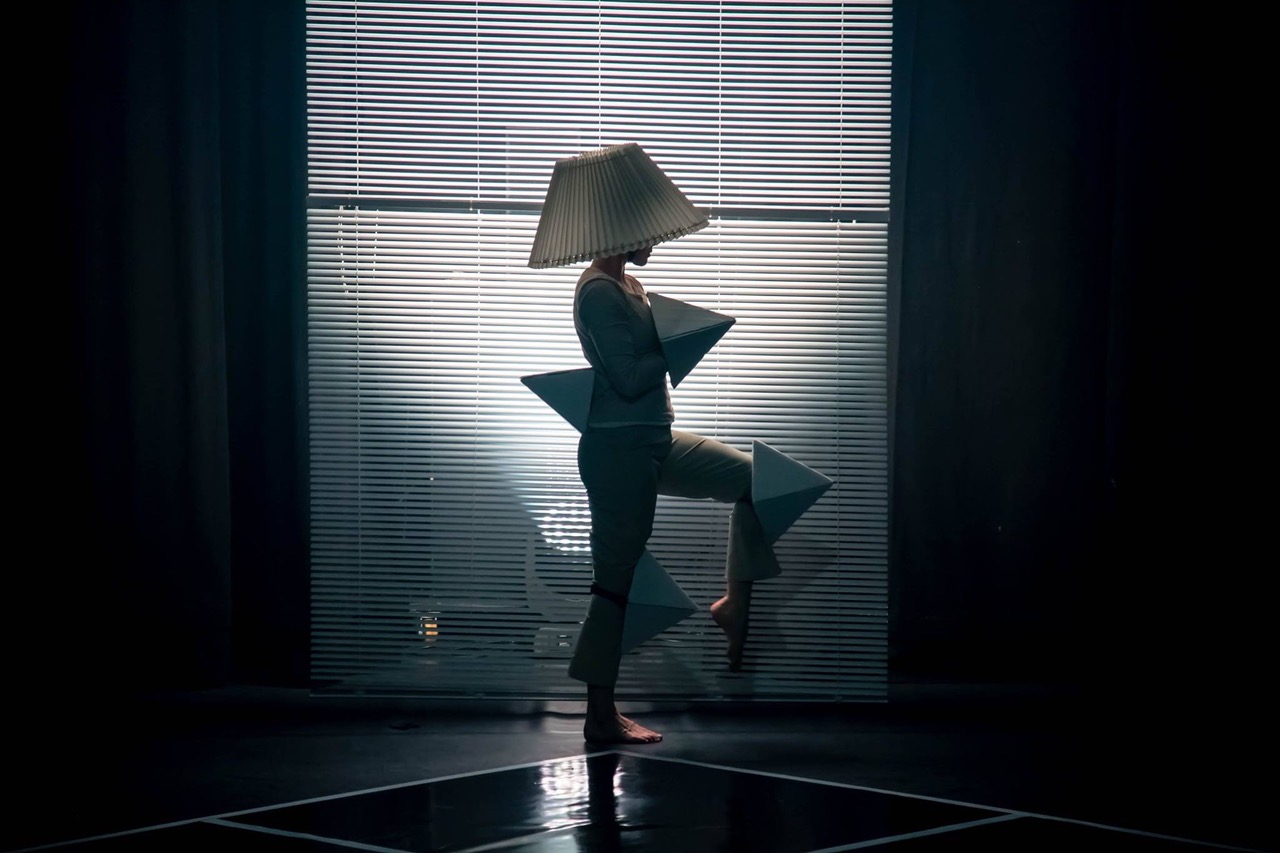

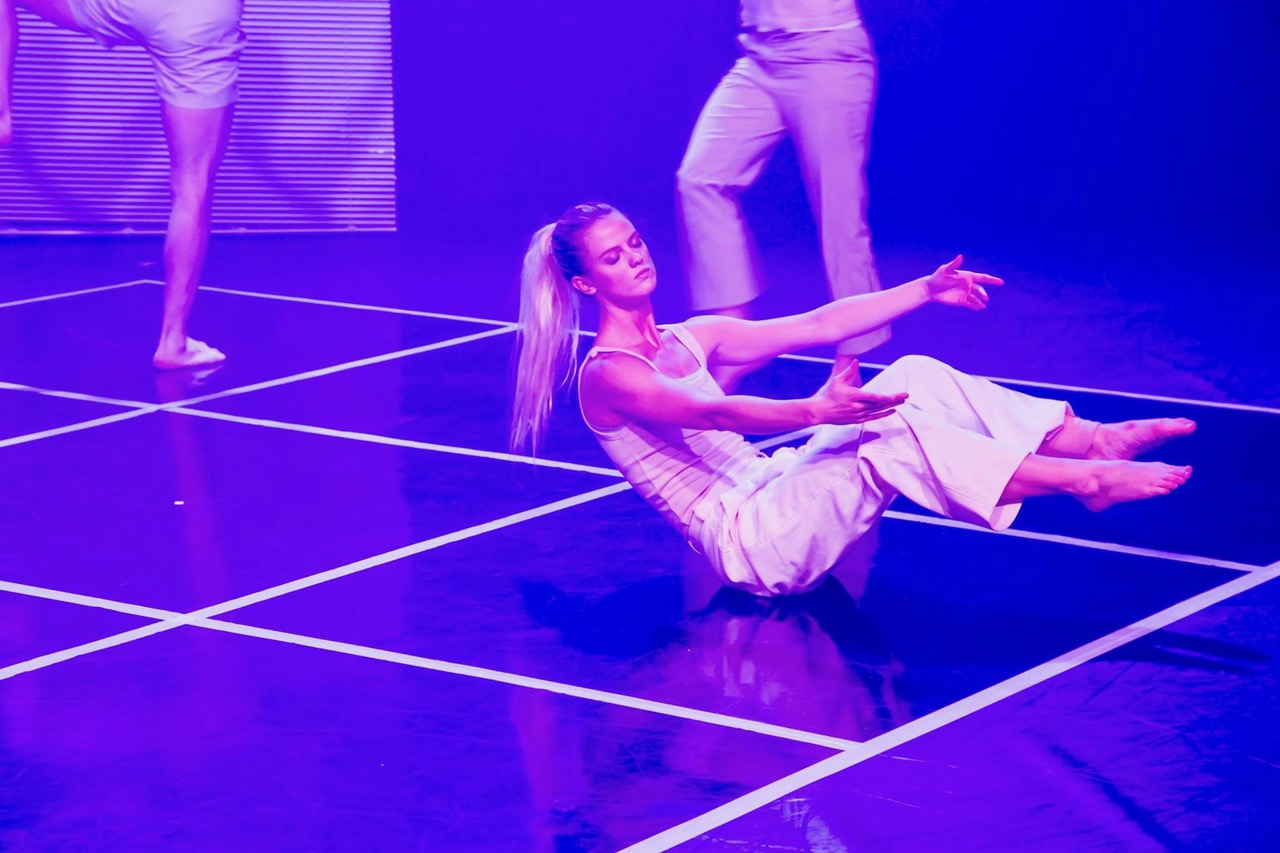
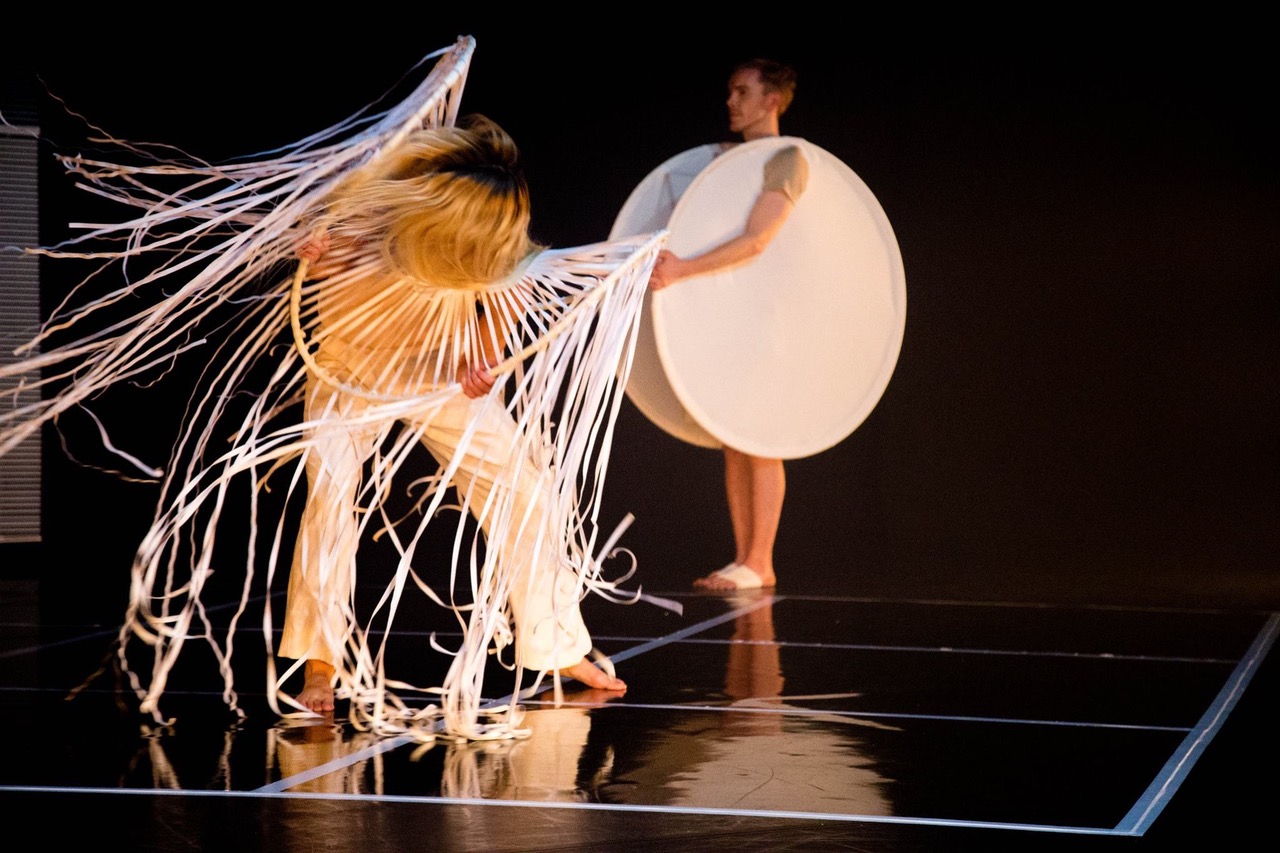
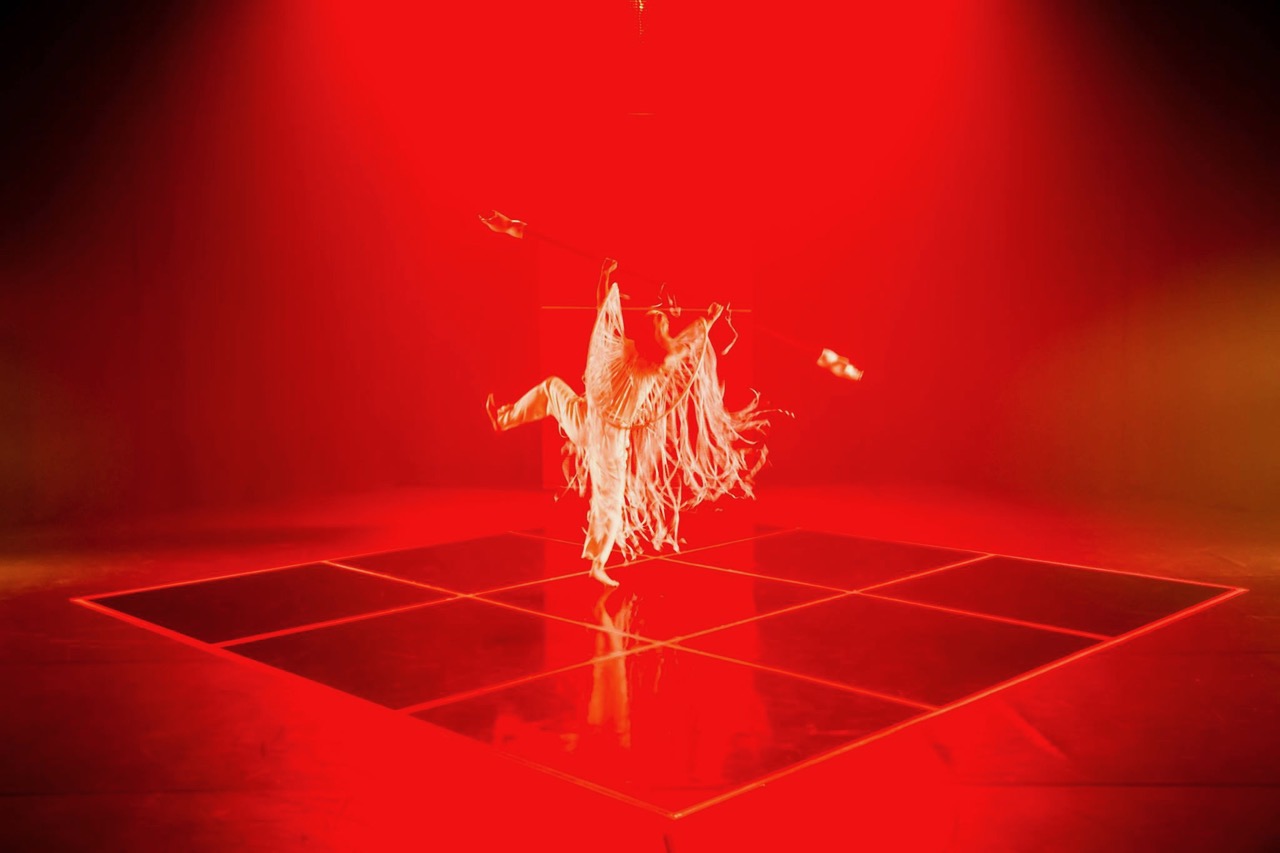

PERFORMANCES
no lemons no melon
Neind Thing
Again The Sunset
Wilhelm Srceam
We Will Have Had Darker Futures
We are here (Radio Dance)
The Valley
DaDaDans
Slogan for Modern Times
MUSIC
Fuckthemooon
OTHER
notebooks
ABOUT
Inga
CONTACT
@
DaDaDans
Dadaism developed in reaction to World War I, the dada movement consisted of artists who rejected the logic, reason, and aestheticism of modern capitalist society, instead expressing nonsense, irrationality, and anti-bourgeois protest in their works. The art of the movement spanned visual, literary, and sound media, including collage, sound poetry, cut-up writing, and sculpture. Dadaist artists expressed their discontent with violence, war, and nationalism, and maintained political affinities with the radical left.
Various dancers were affiliated with the dada movement and most of them were women. Women, however, did not receive much recognition in the discussion of dadaism until recently, and therefore there is not much archive of dance in dadaism. In the dance work Da Da Dans, Rósa and Inga Huld look into the affect dadaism has had on the dance and it’s almost invisible legacy in the dance story. They explore the approaches and methods of dadaism and wonder what dance would be today if dadaism had sprung a new movement or dance, channelling the ghosts of Sophie Tauber and Emmy Hennings and other female dance pioneers of dadaism.
DaDaDans was a commission for the Icelandic Dance Company, Inga and Rósa were invited by Erna Ómarsdóttir to make a work for the company.
Credits:
Choreography: Inga Huld Hákonardóttir and Rósa Ómarsdóttir
Dancers: Hjördís Lilja Örnólfsdóttir, Ásgeir Helgi Magnússon, Védís Kjartansdóttir, Rósa Ómarsdóttir and Inga Huld Hákonardóttir
Scenography and costumes: Þórdís Erla Zoega
Music: Sveinbjörn Thorarensen.
Light and Tech: Valdimar Johannesson
Production: Icelandic Dance Company under the artistic direction of Erna Ómarsdóttir
Da Da Dans Received 5 nominations to the Icelandic Theatre Awards, winning in the category ‘Soundscape in Performance’








